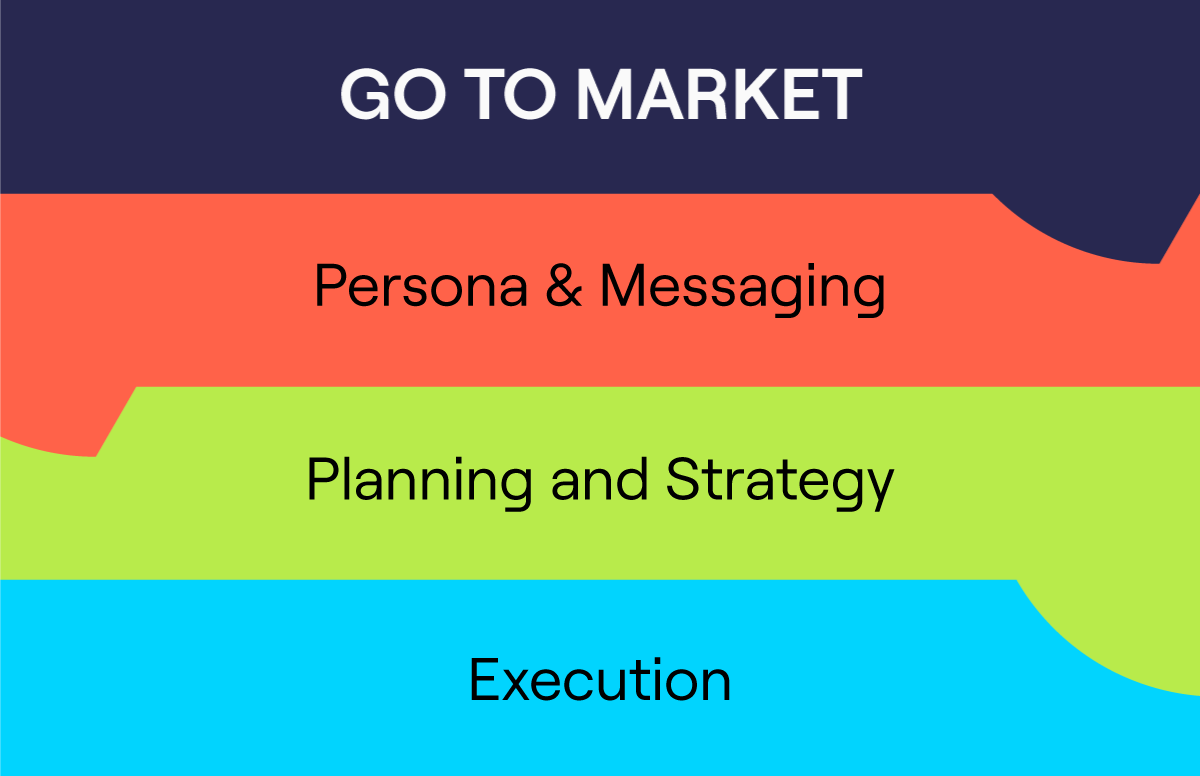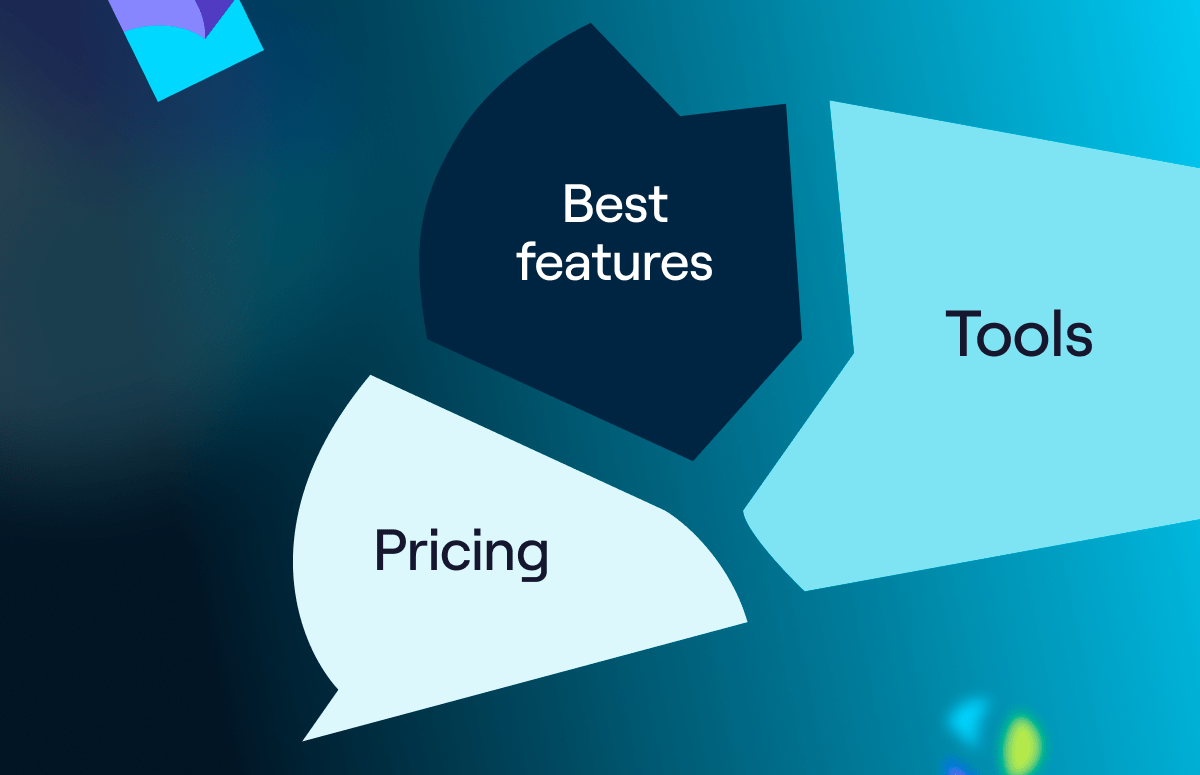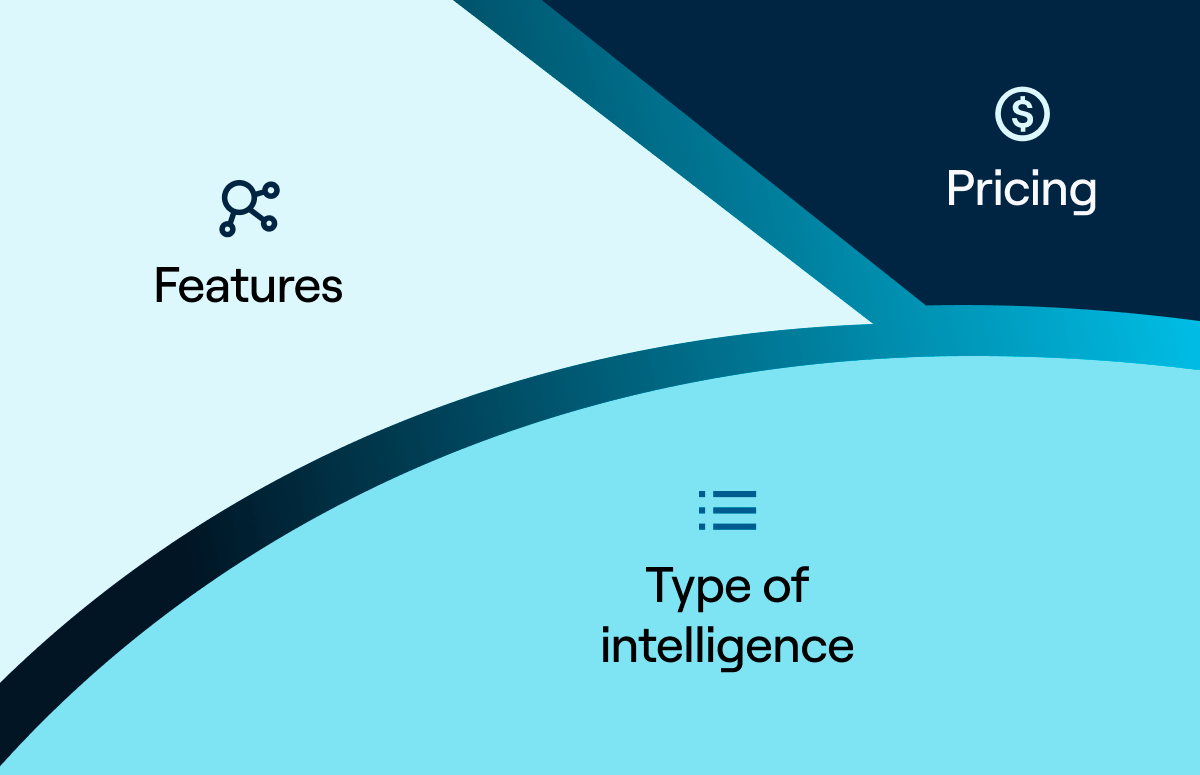6 Rules for Shortening the Sales Cycle
A shorter sales cycle is the holy grail of B2B sales. Almost impossible to find - but doing so could grant your business an eternal life cycle (or something pretty close).
We spoke to Justin Stephenson, the Indiana Jones of discovering shorter B2B sales cycles. Justin is a sales expert and Partner at the global sales management leadership organisation, Sandler Training.
Sandler works with their clients to help them efficiently and effectively improve their overall sales performance. Through this conversation, Justin shared some of his game-changing insights with us.
Scroll down to see them! 👇
What is the B2B sales cycle?
In basic terms, the B2B sales cycle is a set of steps that leads a salesperson through a sale. This sales strategy should be repeatable, optimisable and easy to keep track of.
The purpose of shortening your B2B sales cycle is to make things easier and more efficient. If it’s making things too complicated, redesign it.
What are the benefits of shortening the sales cycle?
Justin spends a lot of time helping businesses understand their current sales cycle. Companies often have a natural way of handling sales without really knowing what it is.
He gave us some benefits of shortening the B2B sales cycle 👇
1. It gives the salesperson control
“When you’re dealing with a smaller business, it’s often the case that they have no solid sales cycle in place. This astounds me. Quite often, they’ll have some sort of system in place, but it’s too loose and won’t ensure repeatability or reliability. It needs to be nailed down.”
A short cycle makes it much easier for the salesperson to dictate the flow of a sale. The salesperson needs to keep control.
2. It makes the buyer’s journey smoother
Justin said:
“We recommend trying to build a sales methodology that helps the salesperson to control and manage the sale. If they’re unable to do this, they’ll default to ‘the buyer system’, where the buyer dictates the process.”
“This can be less helpful for both parties, and is particularly common when cold calling.”
When a sales process is in place, the salesperson is less likely to miss important steps. This means they’re more likely to attain all of the key information they need.
3. It helps to qualify leads thoroughly
“Certain information needs to be gathered so the SDR and prospect can decide if there is a good reason to buy the product.”
“A lot of SMEs will be so keen to get in front of a buyer, they’ll hang in for as long as possible without finding a reason not to work with them. This can result in a late breakdown and wasted time.”
Developing a better understanding of the sales cycle will make it easier to identify strengths and weaknesses. Fixing these is the key to shortening the entire process.
As Justin said:
“A sales process should be stuck to firmly. Breaking it down into manageable chunks makes it easier for companies to gather data on each step, see where sales are getting stuck, and fix it.”
“This process of measuring and refining will ultimately lead to a much shorter sales cycle.”
How do you shorten the sales cycle?
Follow these six rules 👇
1. Identify pain points
This is a must when making a sale. Justin said:
“If you can’t get to the root of their pain, they’ll stay in a rational state. This makes a sale much harder. Work on building a highly-tuned questioning strategy.”
“It’s a case of seeing what works well and doubling down on it. If you’ve got reliable B2B data, you should be able to predict your audience’s pain points.”
2. Identify if the prospect is ready to buy
You need to find out if the prospect is capable of buying your product or service.
Justin’s advice:
“If you wait until the end to discuss the cost, you could end up losing valuable time. This causes long sales cycles, which might not convert.”
“The best proposal is one which the prospect doesn’t have to look at. They already know what they’re signing up for.”
3. Understand the prospect’s requirements
Knowledge is power!
“You need to understand who is involved on their side, why are they deciding to buy, what are their logistical requirements.”
“Ask these questions, and try to help the prospect close the deal. At this stage, you’re working with them.”
4. Confirm the agreement
For Justin, this step is about affirming with the prospect everything that’s been agreed upon.
“I prefer calling this fulfilment rather than closing, because if you’ve managed the previous stages effectively, the deal should already be closed. It’s just a case of sorting out the paperwork.”
5. Manage the post-sale
Justin identifies that some buyers may show buyer’s remorse.
“Some buyers will have problems when signing. They might have to cut off a relationship with a previous provider or have a difficult internal conversation.”
“Until the money is in the bank, this part of the sales cycle sits with the salesperson.”
6. Use technology
Justin recommends using the following B2B sales tools:
“I recommend using a tool like Gong or Refract. These are going to help you analyse your team’s conversations.”
“They also make it easier to share wins and improvement points with sales leaders and team members.”
Key takeaway
Justin had some wise words for us at the end of the interview 👇
“Sales is nothing more than effective communication. Whether you’re in a hard negotiation or early stages, it’s all about building trust and rapport. If you can’t do this, you’ll struggle.”
“So many business owners have incredible technical knowledge of their product, and they are fantastic advocates of it, which does help. You still need to understand the nuances of effective communication in the sales cycle. That’s what SaaS sales is all about.”
What is the best tool for shortening the sales cycle?
Cognism’s Sales Companion is built for speed. It equips your team with the data, insights, and automation needed to move prospects from first touch to closed-won — faster than ever.
Here’s how it accelerates the cycle:
-
Instant ICP fit checks: Quickly assess if a company matches your ideal customer profile.
-
AI-powered intel summaries: Skip the manual research - get business model, strategy, and competitor insights in one click.
-
Warm lead prioritisation: Identify high-intent accounts with intent data and technographic signals.
-
Smarter prospecting: From phone-verified direct dials to LinkedIn icebreakers, reps start with context and relevance.
-
Seamless workflows: Syncs directly with your CRM and tools your reps already use.
No more guesswork. No more delays. Just better targeting, faster outreach, and deals that close sooner.
Get your data sample today 👇
/CTAs%20(SEO)/EN_high-intent-cta-banners-data-sample-webp.webp?width=1376&height=528&name=EN_high-intent-cta-banners-data-sample-webp.webp)


